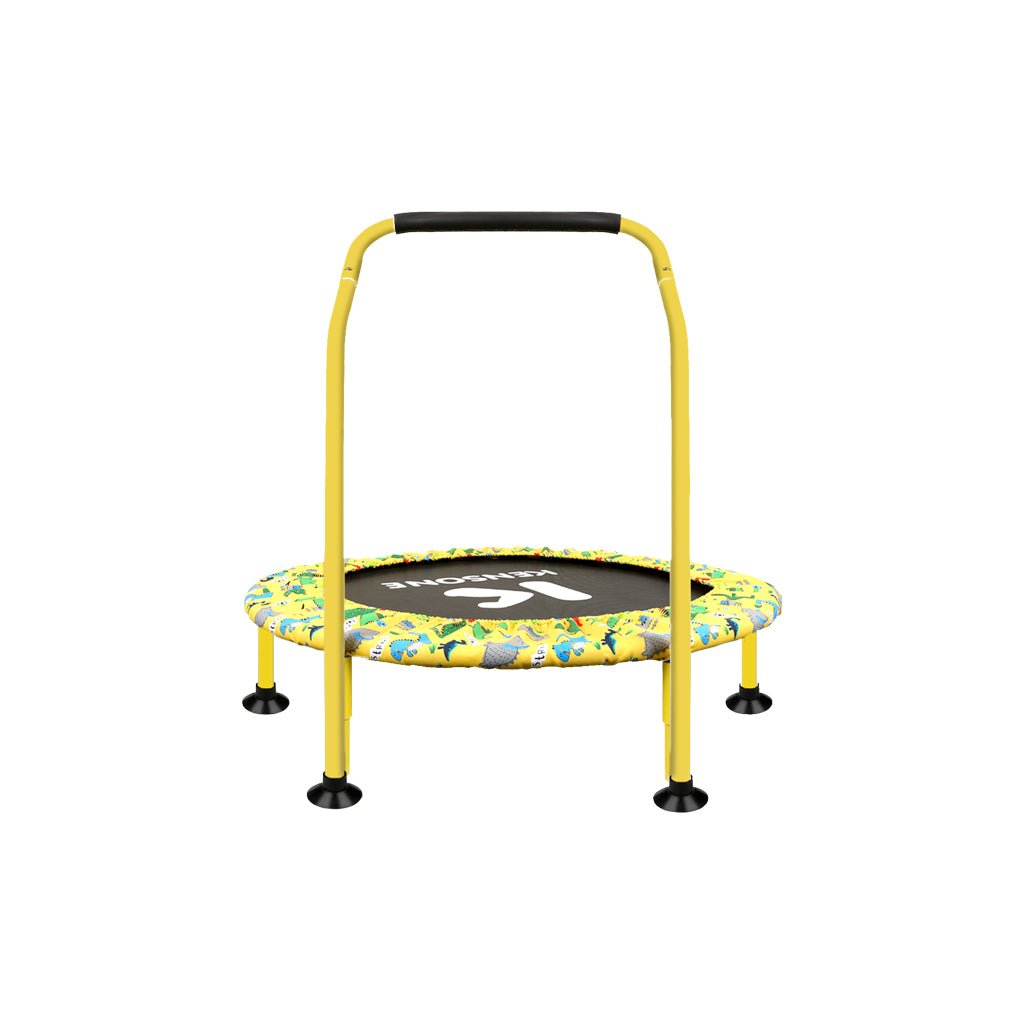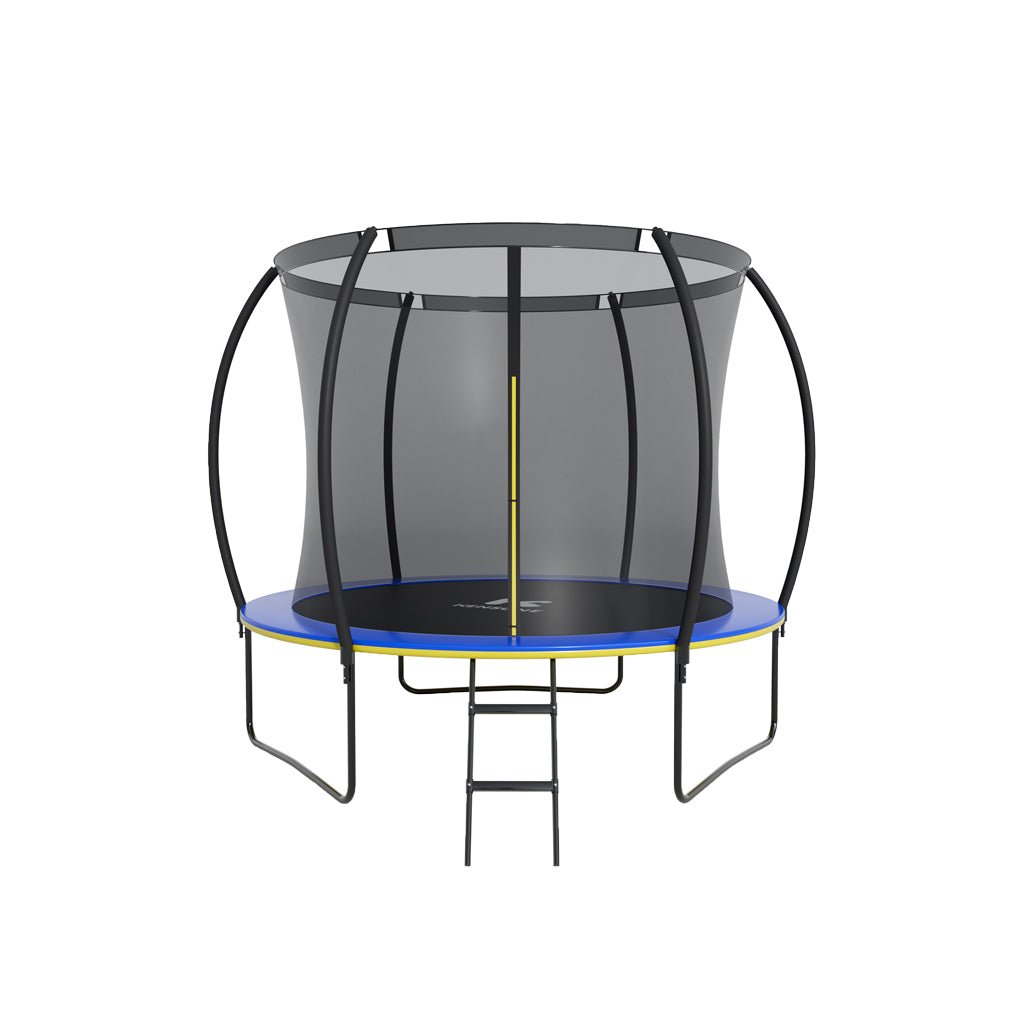Trampolining to Stronger Bones: An In-Depth Analysis of Its Impact on Bone Health
Introduction: The Fascinating Link Between Trampolining and Bone Strength
Trampolining, often perceived as a fun, recreational activity has far-reaching benefits that extend into the realm of health, particularly bone health. A recent study delves deep into how this dynamic exercise impacts young adult females' skeletal systems. This blog post aims to unfold the layers of this intriguing research, bringing to light the significant connections between trampolining and enhanced bone health.
Detailed Examination of the Research Methodology
Step-by-Step Process of the Study:
Participant Selection and Grouping
The research team selected 29 young adult females, including both professional trampolinists and non-trampolining individuals, to form a diverse study group. This selection aimed to provide a comparative analysis of bone health between regular trampolinists and the general population.

Advanced Bone Health Assessment Techniques
To measure bone density and structure, the researchers used dual X-ray absorptiometry (DXA) and high-resolution peripheral quantitative computed tomography (HR-pQCT). These sophisticated techniques allowed for an accurate assessment of bone health parameters.

Muscle Strength Measurement and Comparison
Using dynamometers, the study measured the muscle strength of all participants. This step was crucial to understand the correlation between muscle strength and bone health.

Data Compilation and Analysis
The final phase involved meticulously compiling and analyzing the data obtained from the DXA and HR-pQCT scans, along with muscle strength measurements, to draw meaningful conclusions about the impact of trampolining on bone health.
Unveiling the Significant Findings: Enhanced Bone Health
The research revealed several groundbreaking insights:
Elevated Bone Density
The trampolinists exhibited a notable increase in bone density, especially in pivotal areas like the hips and spine.
Improved Bone Microarchitecture
The trampolinists' tibias showed enhanced trabecular density and thickness, indicating robust bone microarchitecture.
Larger Bone Size and Strength
Both the tibia and radius bones were observed to be larger in trampolinists, suggesting an increase in overall bone strength.
Augmented Lower Body Muscle Strength
The study highlighted a significant boost in lower body muscle strength among trampolinists compared to the control group.
The Broader Implications: Why Bone Health Matters
The findings of this study underscore the importance of diversified physical activities in maintaining and enhancing bone health. Trampolining, in particular, emerges as a potent exercise for young adults to strengthen their skeletal system, potentially warding off future bone-related issues. Conclusion: Embracing Trampolining for Bone Health Trampolining isn't just a child's play – it's a scientifically proven method to bolster bone health. Interested in learning more about the benefits of different exercises on bone health? Dive into our collection of health and fitness articles, and don't forget to check out our latest content for more exciting health insights!
Comprehensive FAQ Section
Addressing Common Queries
Q: What makes trampolining an effective exercise for bone health?
A: Trampolining involves repeated jumping, which exerts a force on the bones, stimulating bone density and strength improvement.
Q: Can trampolining benefit older adults in terms of bone health?
A: While this study focused on young adults, trampolining can offer benefits to older adults, though it should be approached with caution and adapted to individual health considerations.
Q: Are there any risks associated with trampolining for bone health?
A: As with any physical activity, trampolining carries some risks, particularly if not done properly. It's important to follow safety guidelines and start gradually.
Q: How does trampolining compare with other exercises for bone health?
A: Trampolining is unique as it provides both aerobic and impact exercise, which are both beneficial for bone health. It complements other forms of exercise like weight training and jogging.
Q: How often should one practice trampolining for optimal bone health benefits?
A: Regular, moderate trampolining sessions, about 2-3 times a week, are recommended for optimal benefits, allowing for sufficient recovery time.
Burt LA, Schipilow JD, Boyd SK. Competitive trampolining influences trabecular bone structure, bone size, and bone strength. J Sport Health Sci. 2016 Dec;5(4):469-475. doi: 10.1016/j.jshs.2015.01.007. Epub 2015 Apr 30. PMID: 30356528; PMCID: PMC6188882.









